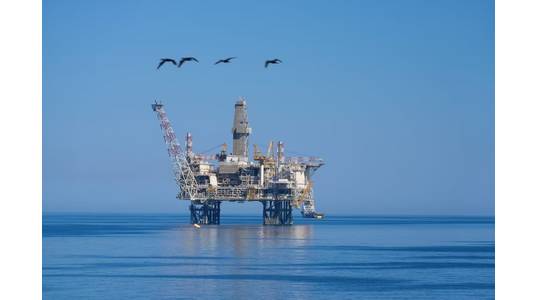
BP has started a new four-dimensional (4D) high-definition ocean bottom node seismic program on its Azeri-Chirag-Deepwater Gunashli (ACG) oil field in the Caspian Sea, offshore Azerbaijan.
This is the largest-ever seismic acquisition commitment made by BP globally by all its aspects – area size, cost and program duration, the company said.
The program, which will focus on ACG’s Balakhany and Fasila reservoirs, will cover an area of 740 square kilometers under source and 507 square kilometers under receivers, with a total cost of around $370 million and a duration of five years (2024-2028).
The plan is to conduct five monitors over five years, utilizing ocean bottom nodes, one dual source vessel - the Murovdag, and one node vessel – the Guba.
“By committing to this wide-scale seismic acquisition we aim to obtain comprehensive understanding of the reservoir’s architecture and fluid contact movements.
“We hope the most up-to-date 4D technology to be used for this program will allow us to acquire further in-depth data about the reservoir helping us identify ways to minimize future well surprises and maximize the field recovery in the next decades,” said Roshni Moosai, BP’s vice president subsurface, Azerbaijan, Georgia and Türkiye region.
ACG is the biggest oil field operated by BP, and to date more than 4.3 billion barrels (581 million tons) of oil have been produced from the field.
The ACG Production Sharing Agreement (PSA) was initially signed in September 1994. In September 2017, the PSA was amended and restated to be effective until the end of 2049. The new contract aimed to maximize the economic benefits of ACG for Azerbaijan and shareholders over the next 31 years.
ACG currently has nine offshore platforms – seven production platforms and two process, gas compression, water injection and utilities platforms. The platforms export oil and gas to the Sangachal terminal, one of the world’s largest oil and gas terminals, onshore near Baku.